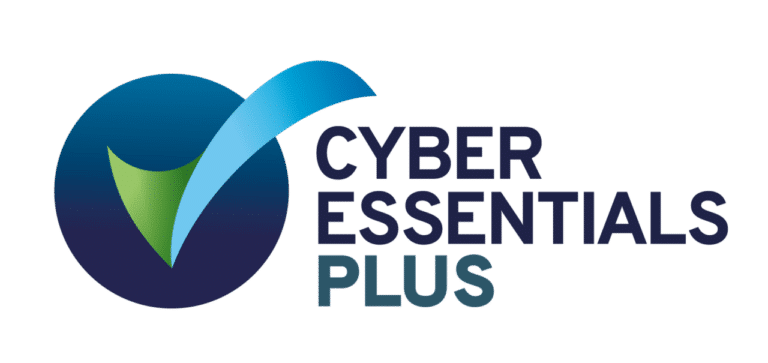The landscape of legal services is shifting under the influence of technology. For in-house legal teams, this shift is not simply a trend but an imperative for enhancing efficiency, compliance, and risk management.
Given the plethora of legal technology solutions available today, the challenge often lies in selecting the right tool that fits your organisation’s specific needs. This guide offers best practices for evaluating and selecting the ideal legal technology solutions for your in-house legal department.
Define your objectives clearly
Before diving into the ocean of options, your team must clearly articulate what it seeks to accomplish. Is the focus on matter management, legal spend analysis, or streamlining document storage and retrieval processes? What tasks are currently taking up most of the legal team’s time? Can they be automated? Is there a better way to do things? What existing systems do you use? Do these need to work with the new system, or can it replace them? The specific goals will serve as the cornerstone upon which you can map out the functionalities the ideal legal technology solution must offer.
Involve relevant stakeholders
Legal technology will impact not just the in-house legal team but potentially other departments within the organisation. Involving stakeholders, such as business partners, IT experts, procurement teams, and executive leadership, can provide valuable insights into the most needed features and how the technology might integrate with existing systems. There may also be experience and insight to gather on previous tech implementations and approval processes. These individuals can bring a wealth of knowledge to the table.
Survey the market thoroughly
Having established your criteria, conducting a comprehensive market survey is next. Examine various options regarding their functionalities, ease of use, scalability, and customer case studies. Pricing is, of course, another crucial factor, but it should not be the sole determinant as this can be variable depending on the system’s capabilities. A cheaper technology that only some of your pain points is probably not the best option, so more expensive options are worth exploring as they may deliver a better return on investment. Assessing how well each solution aligns with your organisation’s specific needs and long-term objectives is vital.
Shortlist and request demos
From your market survey, shortlist 3-5 options that most closely meet your requirements. Most vendors offer tailored demonstrations, and these sessions can be highly enlightening. They provide a hands-on experience of the product, giving you a feel for its user interface and functionalities. This also allows the opportunity to discuss the platform’s unique value proposition and uncover the vendor’s expertise and experience with similar customers, which could lead to performance enhancements within your legal team.
This is also the opportunity to find out the product’s core functionality outside of the ‘sales pitch’. Two systems may look similar, but when you drill down on questions about your business needs, make sure they solve your pain points and have the functionality and configurability not just now but also for the future.
Examine financial viability and ROI
Investing in legal technology can require a substantial financial outlay. Thus, it’s prudent to perform a rigorous cost-benefit analysis. Look beyond the initial acquisition costs to consider ongoing maintenance expenses, the costs of potential add-ons, and the training required for effective use. Weigh these costs against the expected benefits of time savings, efficiency gains, and improved compliance to ascertain the return on investment (ROI).
Vendors should also be able to assist you with preparing a financial return on investment using unique assumptions. This can then be used to support your business case.
Articulate non-financial gains
Whilst there is substantial value in demonstrating a financial return on investment, it is also critical to define and articulate the non-financial gains. These can include risk mitigation, process improvement, compliance, and governance − all vital for a high-performing legal department and necessary to create long-term value for your organisation. Therefore, when socialising this project internally with stakeholders, be sure to highlight and amplify these crucial drivers for the investment in and adoption of new technologies.
Prioritise data security and regulatory compliance
Legal departments handle a significant amount of sensitive data. Therefore, it’s paramount that any chosen solution complies with both national and international data protection regulations and adheres to international information security certifications such as ISO 27001. Most enterprise organisations will have a standard IT risk assessment to complete for any new supplier, but if your organisation is at a different maturity level, ask the vendor for a security overview document. This should contain details on their data, security and platform specifications. A reputable supplier would have no hesitation in supplying such a document. This is essential as a breach in data security can result in severe financial and reputational damage to your organisation.
Independent security benchmarking services, such as SecurityScorecard, can also help review and compare the security status of different vendors and can inform decision-making.
Evaluate support, implementation and training options
A robust customer support system is indispensable for smooth operations, particularly during the implementation phase. A sound understanding of the implementation schedule and the Standard Operating Procedures for support will clarify expectations. Likewise, check what training programs the vendor offers to facilitate quicker adoption among your team members.
Be sure to be clear on what activities the vendor will provide for onboarding and what activities the legal and internal IT teams will need to undertake. For example, if you are investing in no-code automation technology, will you have to allocate internal resources to build a solution, or can the vendor provide this as part of the implementation.
Stakeholder review and final decision
Once you’ve selected the technology solution that meets the key requirements, convene a demonstration for a final review and invite decision-makers and stakeholders. This is an opportunity for other key team members to ask pertinent questions and to seek assurance that the solution can meet the objectives and goals. Depending on your IT team’s requirements, they may also like to meet with the vendor to discuss technical specifications.
User acceptance testing
Once the contract has been signed and implementation has commenced, ensure that user acceptance testing is included prior to ‘go-live’. This will allow you to evaluate the solution in a real-world scenario, highlighting any issues or challenges that might not have been apparent. It will also provide a clear understanding of whether the system offers the functionality promised and is fit for purpose.
Continuous assessment
After the chosen technology is implemented, the job isn’t done. Constant evaluation is crucial to ensure that the solution continues to meet your needs and adapts to changes within the organisational landscape. Build a working relationship with the vendor and keep updated with new releases and product updates. In the fast-moving legal tech world, vendors continuously improve their products to stay ahead of the game. Why not maximise the system you have in place by utilising these improvements.
Conclusion
Selecting a legal technology solution is a complex but crucial process for any in-house legal team. The right choice can transform your department’s efficiency, compliance, and overall effectiveness. By adhering to these best practices, you can ensure that your organisation makes an informed, beneficial selection that will serve you well now and in the future.
This article was originally published on our sister site lawcadia.com.


